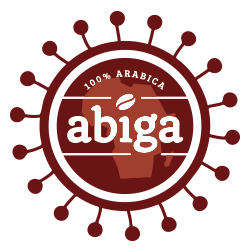Flavour:
the coffee has balanced acidity with floral full mouth
taste.its has also citrusy notes. Delicate, intricate, refined.
Lychee, pink peppercorn, candied ginseng, jasmine, honey in aroma and
cup. Lyrical, complex, balanced acidity; juicy, silky mouth feel. The
finish, saturated with sweet and spicy tones (lychee, pink
peppercorn), is resonant in the short and elegant in the long, where
candied ginseng reappears and an intriguing coconut note surfaces..
Type:
Arabica/Typica
processing.
Yirgacheffe is a coffee region in southern Ethiopia that produces
distinctive coffees from traditional varieties of Arabica long grown
in the region. Yirgacheffe coffees like this one processed by the wet
or washed method (fruit skin and pulp are removed before drying)
typically express great aromatic complexity and intensity with a
particular emphasis on citrus and floral notes they are dried for days
under the sun light naturally after pulping . Like virtually all
coffees from southern Ethiopia, this coffee is most likely produced by
villagers on small, garden plots interp lanted with indigenous trees
and food and other subsistence crops.






